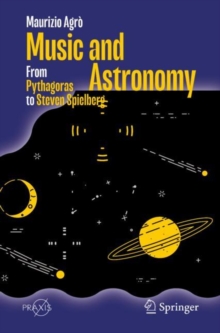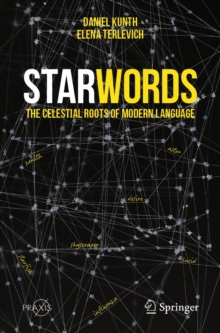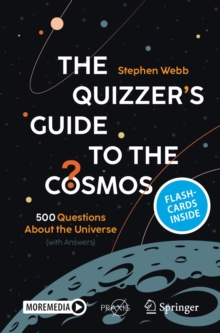
New Light on Dark Stars : Red Dwarfs, Low-Mass Stars, Brown Dwarfs PDF
by Neill I. Reid, Suzanne L. Hawley
Part of the Springer Praxis Books series
- Information
Description
Perhaps the most common question that a child asks when he or she sees the night sky from a dark site for the first time is: 'How many stars are there?' This happens to be a question which has exercised the intellectual skills of many astronomers over the course of most of the last century, including, for the last two decades, one of the authors of this text.
Until recently, the most accurate answer was 'We are not certain, but there is a good chance that almost all of them are M dwarfs. ' Within the last three years, results from new sky-surveys - particularly the first deep surveys at near- infrared wavelengths - have provided a breakthrough in this subject, solidifying our census of the lowest-mass stars and identifying large numbers of the hitherto almost mythical substellar-mass brown dwarfs.
These extremely low-luminosity objects are the central subjects of this book, and the subtitle should be interpreted accordingly.
The expression 'low-mass stars' carries a wide range of meanings in the astronomical literature, but is most frequently taken to refer to objects with masses comparable with that of the Sun - F and G dwarfs, and their red giant descendants.
While this definition is eminently reasonable for the average extragalactic astronomer, our discussion centres on M dwarfs, with masses of no more than 60% that of the Sun, and extends to 'failed stars' - objects with insufficient mass to ignite central hydrogen fusion.
Information
-
Download Now
- Format:PDF
- Publisher:Springer London
- Publication Date:27/11/2013
- Category:
- ISBN:9781447136637
Information
-
Download Now
- Format:PDF
- Publisher:Springer London
- Publication Date:27/11/2013
- Category:
- ISBN:9781447136637



